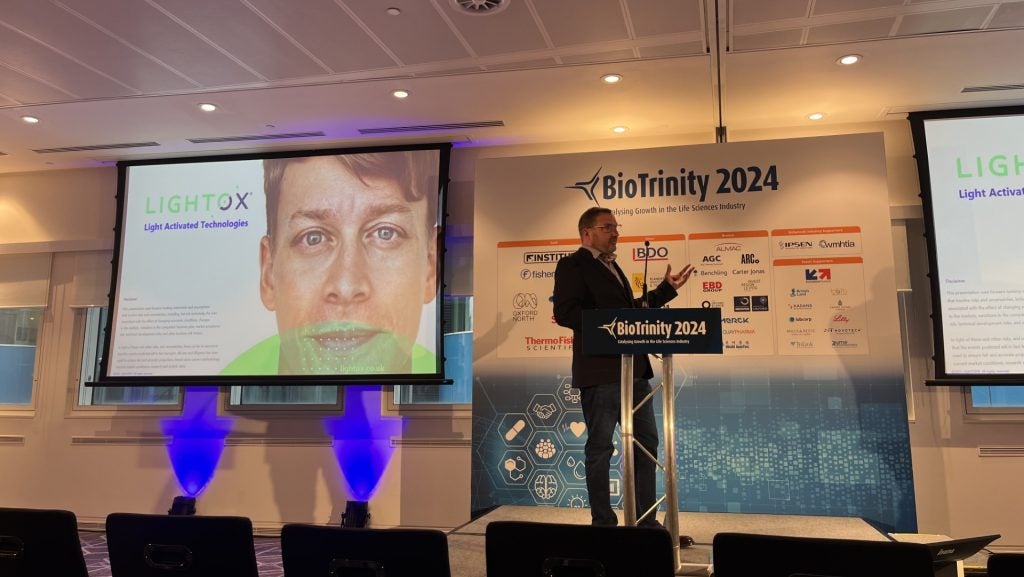

It is clear that the time of day has a dramatic effect on human physiology. At the simplest level, we typically feel wakeful in the daytime hours and tired in the night-time – and it’s a pattern that’s hard to override. As early as 400BC, Hippocrates noted that daytime sleepiness may be indicative of disease, whereas night-time restlessness is often associated with suffering.
More subtly, a whole host of changes can be attributed to the circadian clock, ranging from the rise and fall of hormones associated with hunger, to our heightened concentration in late morning and rising distractibility in the afternoon.
However, understanding the body’s biorhythms is about more than just determining the best activities for our energy levels. According to a growing body of research, there are major implications for our drug regimens too. In fact, there is an entire field of study, chronopharmacology, dedicated to exploring how day and night may influence how well any given drug works.
Right place, right time
Professor Shobhan Gaddameedhi, assistant professor of experimental and systems pharmacology at Washington State University (WSU), has been working in this field of study since embarking on his PhD. He says it’s an exciting time to be involved in this research: while it has long been posited that certain times of day are better for certain drugs, it is only now that scientists are beginning to determine the underlying biological mechanisms.
See Also:
“Out of the 100 bestselling drugs in the US, 56 of them have targets which are clock-controlled. It’s interesting to understand how these targets are regulated at a molecular level so you can move on with the chronotherapy,” he says.
How well do you really know your competitors?
Access the most comprehensive Company Profiles on the market, powered by GlobalData. Save hours of research. Gain competitive edge.

Thank you!
Your download email will arrive shortly
Not ready to buy yet? Download a free sample
We are confident about the unique quality of our Company Profiles. However, we want you to make the most beneficial decision for your business, so we offer a free sample that you can download by submitting the below form
By GlobalDataGaddameedhi is referring to a major study published in the Proceedings for the National Academy of Sciences in October 2014, which looked at the 24-hour patterns of expression for thousands of mouse genes. It showed that 43% of these genes oscillated on a 24-hour cycle. Of the genes that are typically used as drug targets, an even higher proportion was clock-controlled: 119 of the World Health Organization’s 250 ‘essential medicines’ work on genes with circadian oscillation.
This is important not just for drugs’ efficacy, but for their side effects too. As Gaddameedhi explains, if you want to maximise the benefits while minimising the harms, the balance is all in the timing.
“Any drug you use to treat doesn’t come without toxicity,” he points out. “With chronotherapy you can reduce toxicity just by choosing the time of the day.”
Minimising toxicity
Gaddameedhi’s own work has focused primarily on environmental causes of cancer and how the circadian clock regulates the body’s DNA repair pathways. The importance of this research is not in doubt: his postdoctoral mentor, Professor Aziz Sancar, won the 2015 Nobel Prize in Chemistry for his work in mapping the cellular mechanisms behind DNA repair.
Since setting up his WSU research lab in 2014, Gaddameedhi has turned the focus to the cancer drug cisplatin, which is commonly used to treat testicular, ovarian, head and neck, and non-small cell lung cancers. While the drug is undoubtedly powerful, its therapeutic potential is limited by its toxic effects on the kidneys. More than a quarter of patients treated with cisplatin ultimately develop kidney problems.
“Minimising the toxicity is very important,” says Gaddameedhi. “The key goal is to identify how this toxicity is being regulated via molecular mechanisms and what role is played by the circadian clock. The previous findings from my lab suggest that time of day is very important for cisplatin.”
One of his students, Daniel Sorensen, recently conducted a project exploring the effects of cisplatin in mouse kidney and liver tissues. This tracked the expression levels of cisplatin transporter molecules and cisplatin-DNA repair activity across a 24-hour cycle.
Sorensen discovered that levels varied throughout the day, a finding replicated in samples of human blood. He concluded that this might indicate a possible mechanism for the chronopharmacology of cisplatin, which could in turn have profound implications. If it turns out that cisplatin is more effective, and less toxic, at certain times of day, then treatment regimes could be redesigned with this in mind. This could lead to improved compliance, fewer side effects and better outcomes at lower costs.
Future possibilities
To date, most of the lab’s work has focused on mouse models, supplemented by in vivo tests on human tissues. As Gaddameedhi explains, he has recently expanded the focus beyond cisplatin to look at other anti-cancer agents.
“We can collect samples, biopsies, from humans and test in vivo how they respond at different stages of the circadian clock,” he says. “Right now, we are looking at how they respond to radiation treatment in our lab. Our findings haven’t been published yet but right now we are investigating how these targets are affected by the circadian clock and what time of day would be best for certain therapeutics.”
While Gaddameedhi’s lab is specifically interested in cancer, other researchers have applied the same kind of focus to many other drugs. It has been established, for instance, that statins are more efficacious in the evenings, while a number of existing asthma treatments are ‘chronotherapies’, designed to be administered in the morning when symptoms are worse.
All this goes to show that biorhythm-dependent medicines are not some far-off goal. To some extent, the era of clock-controlled drugs is already here. As researchers like Gaddameedhi make further strides in understanding the mechanisms, the underlying principle is likely to become more widely accepted: perhaps it won’t be long before your average drug information leaflet specifies not just dose, but time of day.
For Gaddameedhi, however, exploring the chronopharmacology of cancer drugs is just the tip of the iceberg. Already, his interest in the circadian clock has taken him down a further research avenue – namely, how disruptions in the body’s rhythms (such as through doing night shifts) might lead to cancer in the first place.
“We are using human samples from shift work simulation, to help us understand the early-stage biomarkers of shift work,” he says. “I am more interested in prevention in addition to therapeutics, because prevention is better than cure.”






